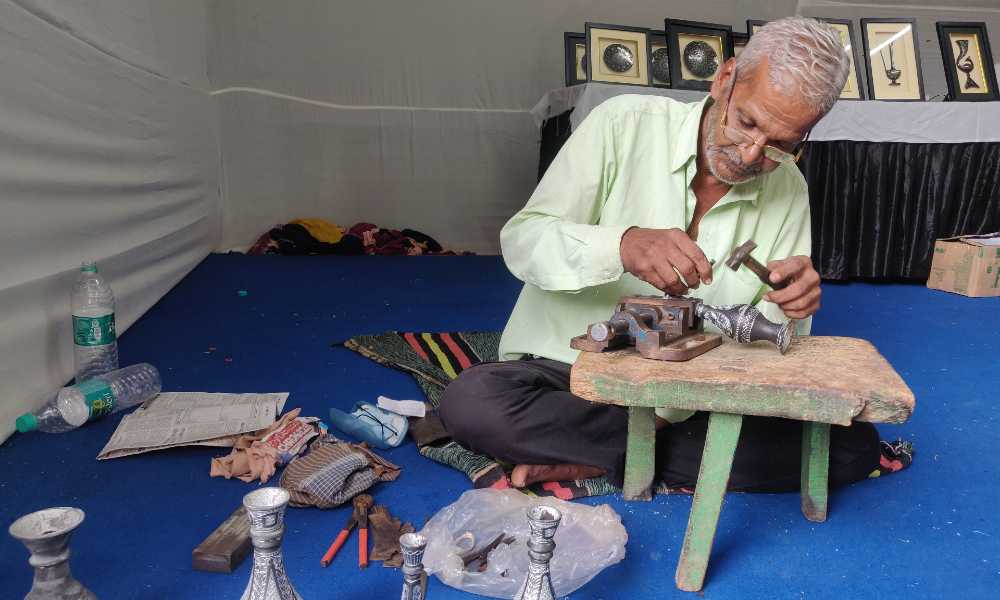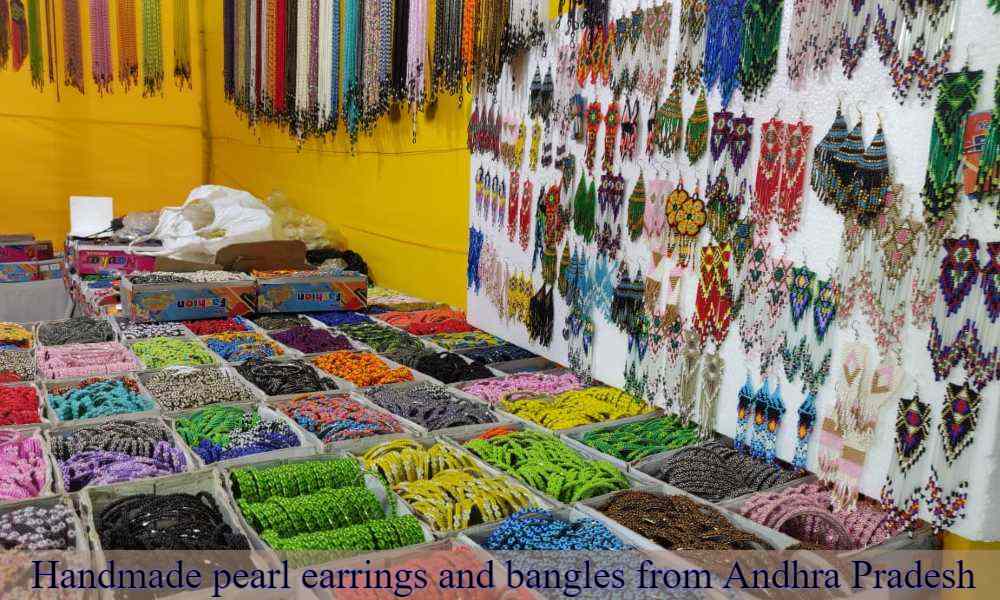Employment was largely affected in the sector but the shift to online stores provided new opportunities to both artisans and owners.
The shift from traditional to online platforms helped handicraft business owners stay afloat during the pandemic. Small owners experienced initial boost in sales as they went online for the first time.
Mrunmayee Joshi, owner of VAM handcrafted-jewellery said, “After the pandemic, we had to move online.” We created our website and brainstormed new visual strategies to align with online interface. She said, initially the business was badly affected but slowly it started picking up. She also said, “We were lucky to survive through the pandemic. Our team did not lay off any artisans.”
Like Joshi, Shikha Jain, co-founder of Neev Soaps worked on increasing her social media presence. She said, “It gave us really good results…currently 75 percent of our business has shifted to online and our turnover has also doubled.”
SilkRute is a cross-border e-commerce platform that helps craftsmen and business owners. Mohit Singla, COO said, “People selling online have an added advantage as they have global access.” He also said online presence helped them survive the pandemic, even if there was not much growth. SilkRute currently has around 500 handicraft owners associated with it.
The handicraft industry majorly depends on tourism and exports for business. Like other businesses, it was also majorly hit during the pandemic. Tourism would be a major driving force for craftsmen and the handicraft business, said Mainak Mandal, Business Development Associate at Cauvery Handicrafts (KSHDCL). Earlier, the turnover would easily be around Rs. 2 to 3 crore per month. In the pandemic it came down to Rs. one crore per month. Mohd. Salim Udin, from Bidri Handicrafts said that when the owners were struggling with offline sales, online orders provided with certain relief. He further said that a documentary showcasing metal workers in India was broadcast in the U.S., which helped them gain visibility. They were happy to get a few online and good export orders after that.
According to a report, the handicraft industry is the second largest provider of rural income in the country. During the pandemic, artisans and craftsmen were largely affected. Mohd. Salauddin was one of them who had been working with Salim for the past five years. He said Salim helped him manage through the pandemic by giving him and others small orders. He also provided them with ration and even got them vaccinated. Even though people were benefitted, the concept of online business is still fairly new in the handicrafts sector. There is a lack of awareness amongst people. They do not understand the entire process of online sales and technicalities involved in it, said Venkatesh Krishnappa, the owner of Chandna Art Foundation.
He also said that government did not extend any support to artisans in the pandemic. Workshops should be organized informing them about the benefits of e-commerce so that they can utilize it fully.













Great story Namrata. Keep doing good work ❤️